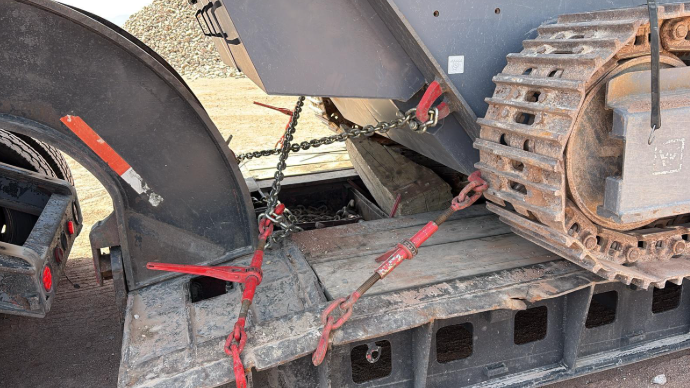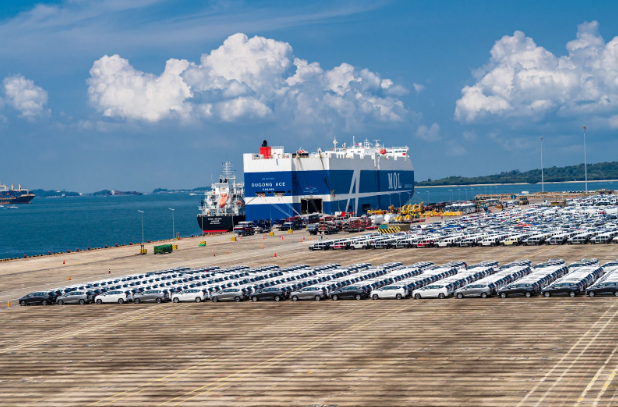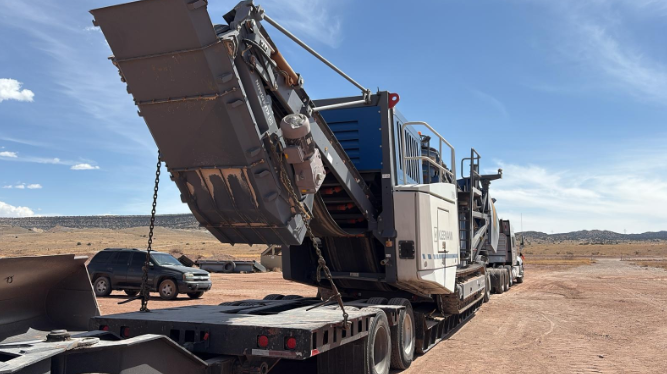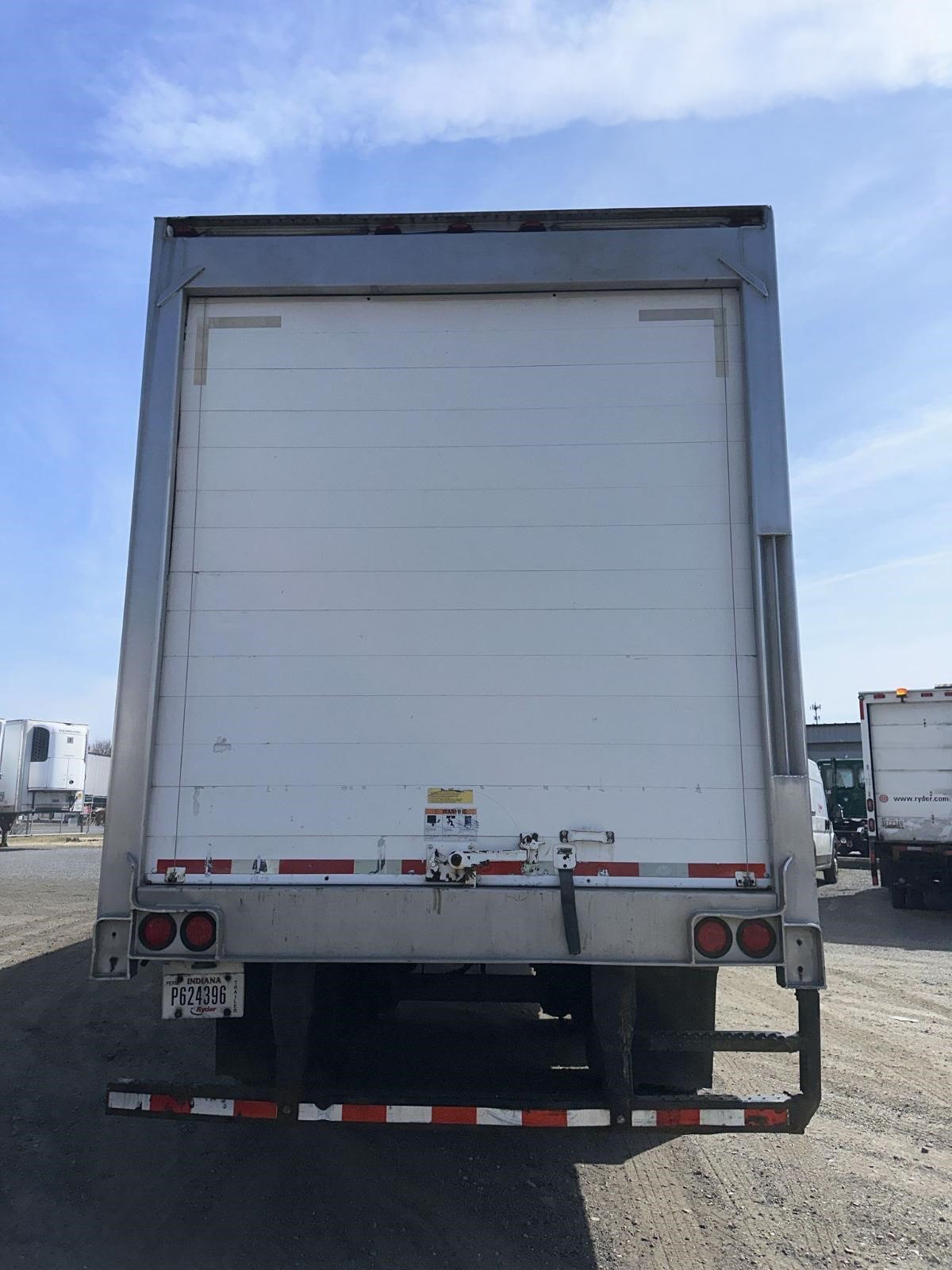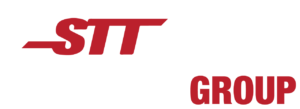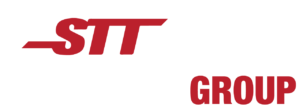Businesses are always searching for new and creative ways to improve customer satisfaction, reduce expenses, and simplify processes in today’s very competitive business environment. One strategy that has been rapidly gaining traction is integrated logistics. However, what is integrated logistics really, and how can it benefit your company?
We’ll go deeply into integrated logistics solutions in this extensive tutorial. We’ll go over its fundamental advantages, dissect its constituent parts, and provide examples of how it functions in real life.
Integrated Logistics: Overview
Essentially, integrated logistics is a comprehensive approach that integrates all aspects of your supply chain. Integrated logistics integrates production, distribution, transportation, warehousing, and procurement into a cohesive whole rather than treating them as discrete parts of the jigsaw.
This methodology fosters seamless cooperation and data exchange throughout the complete supply chain, enhancing productivity and clearing the path for outstanding client contentment.
Comparing Integrated and Conventional Logistics
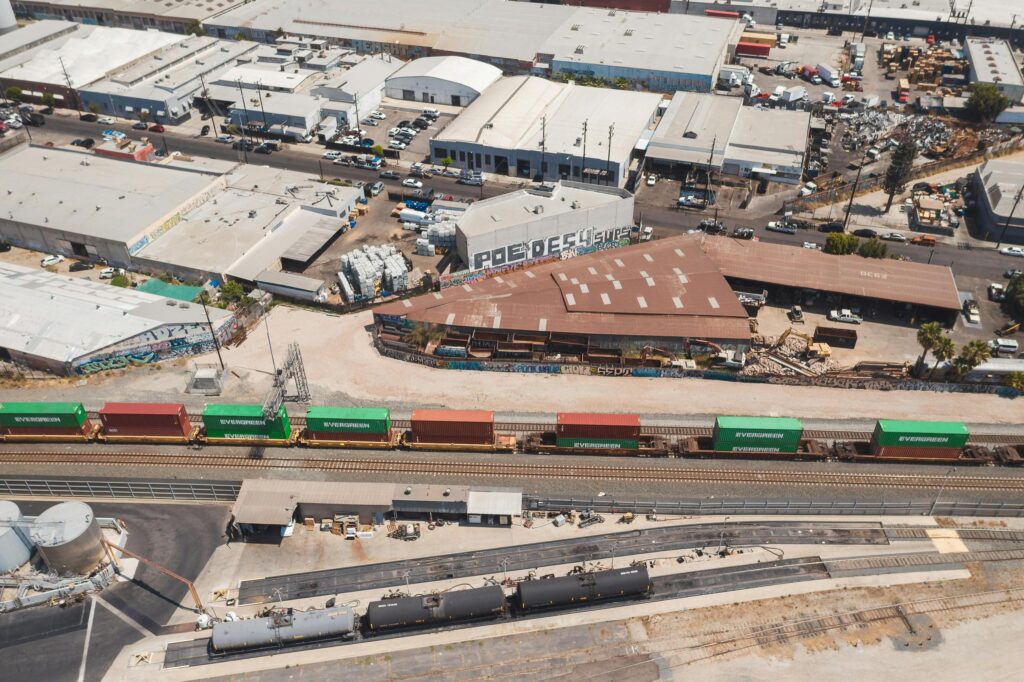
With integrated logistics, supply chain components no longer function as separate entities, as is the case with traditional logistics models. This disjointed strategy may result in misunderstandings, hold-ups, wasteful spending, and eventually disgruntled clients.
These silos are destroyed by integrated logistics, which replaces them with a single, unified system that maximizes each step of the supply chain. Through optimization of logistical procedures, removal of superfluous stages, and utilization of state-of-the-art technologies, companies may significantly improve their total efficiency.
Why Your Company Needs Integrated Logistics: 5 Advantages
Adopting logistics has several advantages that extend well beyond the fundamentals and affect every aspect of your business:
1. Considerable Cost Savings
Your best defense against expenses that are out of control is integrated logistics. You’ll be astounded at how much money you can save by streamlining your supply chain, optimizing your transportation routes, and managing inventories with ease.
#2. Enhanced Productivity
Integrated logistics is defined by seamless coordination and easy access to real-time data. You can increase your efficiency by streamlining your processes, processing orders more quickly, and cutting lead times with this dynamic pair.
3. Increased Contentment with Customers
You can wave goodbye to order errors, delayed delivery, and sluggish answers with integrated logistics. Everything just works better when it’s all integrated, from order processing to various elements of your supply chain. This translates into quicker response times, more effective operations, and eventually, happier customers
#4: Advantage against Competition
You may differentiate yourself from the competition with a well-tuned supply chain. With integrated logistics, you can respond swiftly to shifts in the market, adjust to new difficulties, and continuously provide exceptional customer service. You can provide lower rates, faster shipping, and greater service by streamlining your supply chain from beginning to end. This will put you ahead of your competitors.
5: Complete Flexibility
Businesses can handle more SKUs and adjust to shifting market conditions thanks to integrated logistics.
6: Increased Visibility:
It makes all processes transparent, which makes supply chain tracking and management easier.
7: Sustainability:
By maximizing resource use and cutting waste, integrated logistics encourages sustainable behaviors.
Essential Elements of an Effective Integrated Logistics System
A successful integrated logistics system requires more than simply technology; it requires a thoughtful combination of advanced technologies, efficient workflows, and robust teamwork. Order processing may be synchronized with inventory control, shipping, warehousing, and other critical operations to increase productivity and improve client satisfaction. Let’s examine each of the crucial elements in more detail:
1. Cutting-Edge IT Systems

Consider them to be your integrated logistics operation’s brains. These three powerful tools—warehouse management systems (WMS), transportation management systems (TMS), and enterprise resource planning (ERP) systems—integrate data, automate processes, and provide you a real-time picture of the whole supply chain. Modern IT systems allow you to:
Optimize Transportation Routes:
To save you time and money, use real-time data on traffic, weather, and other factors to determine the most effective delivery routes.
Monitor Everything Instantaneously:
Receive real-time shipment information so that both you and your clients are constantly aware of the status of your orders.
Automate the Tedious Stuff:
Order processing, inventory management, and paperwork may all be automated to save errors caused by human labor and give your team more time.
2. Streamlined Procedures for Logistics
Streamlining your order processing, inventory management, and transportation routes is essential for efficiency. The main goal of integrated logistics is to continuously improve these procedures in order to get rid of bottlenecks and cut waste. Here’s how that seems in practice:
Demand forecasting
Predict your clients’ needs with accuracy to maintain the proper level of inventory on hand, saving you money and preventing stockouts.
Effective Warehousing:
To expedite order fulfillment, select the best warehouse sites and implement astute picking and packaging techniques.
Avoid limiting oneself to a single mode of transportation by using multimodal transportation
To deliver items where they need to go as soon as possible, select the appropriate shipping method for each shipment: trucks, train, air, or sea.
#3. Collaboration Across Functions
Cooperation is essential to integrated logistics. The goal is to remove obstacles that separate divisions like as sales, manufacturing, warehousing, and procurement so that everyone is in agreement and can work together to make choices. Here’s how to promote a collaborative culture:
Exchange Information and Insights:
Ensure that all parties have access to the data required to make informed supply chain choices.
Open Communication:
Create easy ways for departments to talk to each other and share updates.
Establish shared goals so that, in terms of supply chain performance, everyone is striving toward the same targets.
#4. Robust External Collaborations
It is essential to establish strong bonds with your logistics suppliers and other outside partners. Select collaborators that are aligned with your integrated logistics vision and provide:
Technological Integration:
To provide you a comprehensive view of your supply chain, your systems and theirs should communicate with one another with ease.
Flexibility and Scalability:
Your partners should be able to accommodate changes in demand as well as adjust to your evolving demands.
Dedication to Enhancement:
Seek collaborators who are constantly seeking methods to improve and become more effective.
Shared Values:
Collaborate with businesses that prioritize clients, respect openness, and conduct themselves morally.
The link between all these elements is an efficient supply chain management system. It’s the skill of coordinating every aspect of your logistics operation to produce a productive, well-oiled machine. By adopting integrated logistics, you’re laying the groundwork for long-term success as well as streamlining your operations.
Integrated logistics is a game-changer that is producing tangible outcomes for a variety of businesses. It is not simply a theory.
Let’s examine some instances of how it’s having an impact:
Supply Chain for E-Commerce
Integrated logistics is essential in the world of online retail. Businesses can guarantee correct and timely delivery, ensuring their customers are satisfied and return for more, by integrating order processing, inventory management, and shipping in a seamless manner.
Building and Producing
Integrated logistics can help these businesses, which frequently struggle with complex supply networks, create some order out of chaos. Effective management of the flow of supplies, machinery, and completed goods helps companies stay ahead of expenses and complete projects on schedule. It’s essential to guaranteeing a seamless and effective operation from the beginning to the end.
Consumption and Drinking
Food and drink safety and freshness are of utmost importance. Both require integrated logistics to be maintained. Through rigorous temperature monitoring, real-time shipment tracking, and delivery route optimization, companies can reduce spoilage and guarantee that their goods reach customers in optimal condition each and every time.
Contact us!
